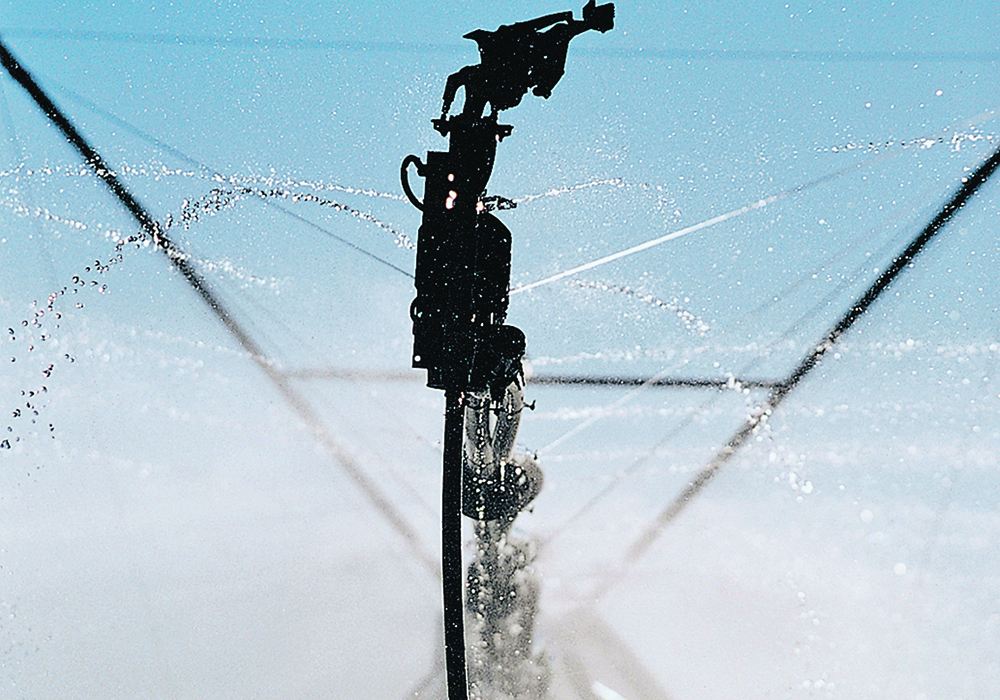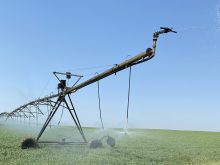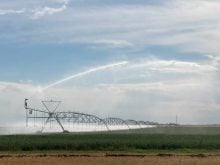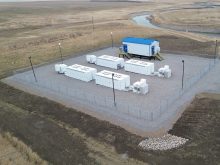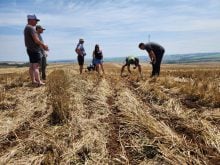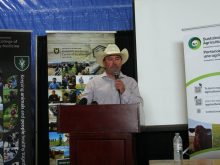MEDICINE HAT — As plans for irrigation expansion continue in Saskatchewan and Alberta, the University of Saskatchewan is offering a new program to help agricultural professionals enhance their training in the burgeoning field.
Joel Ens, the university’s Sustainable Irrigation program lead, said the courses are best suited for those in the agricultural industry looking to upgrade their skills.
They can also be done remotely.
“One of the things we’re hoping to do with our program is make it open and accessible,” said Ens.
Read Also

Agri-business and farms front and centre for Alberta’s Open Farm Days
Open Farm Days continues to enjoy success in its 14th year running, as Alberta farms and agri-businesses were showcased to increase awareness on how food gets to the dinner plate.
“It’s a non-credit program in sustainable irrigation, which means we can have anybody taking our courses. It’s meant to support industry.”
The courses can be useful for producers but also those involved in related fields developing irrigation infrastructure such as engineers, he said.
“You also have agronomists who are already working in agriculture but who are maybe switching to working with irrigated agriculture,” said Ens.
“What we’re trying to do is support those professionals who are in the industry or are trying to get in the irrigated agriculture industry, transitioning or filling out some of their knowledge.”
The irrigation systems developed primarily in southern Alberta have driven water sustainability principles for the last 100 years, and Ens said the U of S program is looking to build on those efficiencies.
“It’s about stewarding water resources, making the most of those resources,” he said.
“What we see these days as we move from — in the early days —flood irrigation and get into high pressure sprinkler irrigation, now we’re into low pressure sprinkler irrigation and people are getting into sub-surface drip, and the efficiency of those systems is so much higher with modern technology.”
The early and widespread adoption of technological advancements has meant less water is diverted than when water was used far more liberally.
One of the biggest pushes for the program is Saskatchewan’s irrigation expansion plans, which seek to drastically increase the number of acres under a pivot in the province.
“When the provincial government announced they were willing to put in billions of dollars into expanding irrigation, what the industry signalled is we need some educational support in making sure this can happen in a sustainable way,” said Ens.
“And in a way the water resources are well looked after as well as the soil resources are well looked after.”
He said that connection between soil and irrigation is especially important in order to avoid the hard-learned lessons of the past, when salinization led to the destruction of soils.
“So, when we move forward like on the Lake Diefenbaker project, people are going into it knowing the benefits of it but also knowing what needs to be done to make sure it is sustainable,” he said. “When you do that, that’s great for environmental issues. It’s also great for ensuring food productivity in the long run.”
The six courses will cover the history of irrigation on the Prairies, the differing systems, the decision making process, cropping systems, water management and drainage and how to maintain optimal soil moisture.


